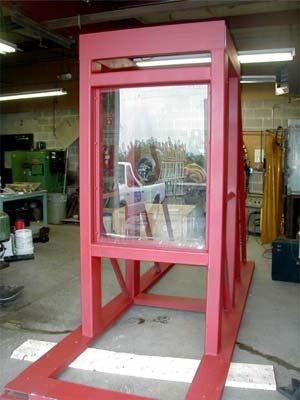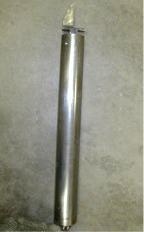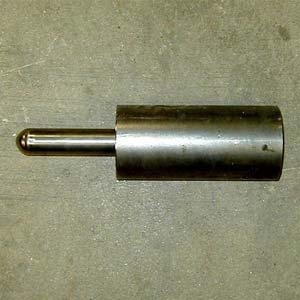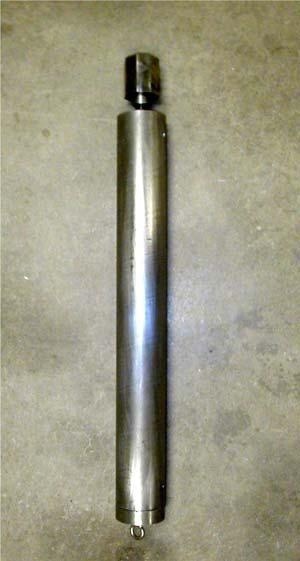Predictable and reliable performance of detention glazing used in detention and correctional facilities is a major concern. Numerous test methods aid in determining a level of physical security to glazing used in windows and door assemblies based upon objective tests which can be consistently duplicated.

Impact fixture
Standard Test Methods for Glazing for Detention Facilities
The intent of these test methods is to ensure that detention glazing performs at or above minimum acceptable levels to restrict inmate passage to unauthorized areas, to confine inmates, to delay and frustrate escape attempts and to resist vandalism. The tools used in the actual testing are representative of similar tools or materials that may become available to inmates within the secure perimeter of detention and correctional facilities, and which could be used to inflict similar damage to the glazing material. ASTM F1915-05 "Standard Test Methods for Glazing for Detention Facilities" is a test standard defining 5 factors to determine resistance to defined attacks-tools, temperature, techniques, time, and number of impacts.
Extreme Conditions and Methods for Detention Glazing
Detention glazing is subjected to extreme conditions during testing. For example, the Cold Temperature Impact Test subjects the test specimen to repeated large blunt impactor (simulated battering ram) blows, followed by numerous sharp impactor (simulated fireman's axe) blows, then again with repeated large blunt impactor blows. All are carried out in a -20° F environment with the surface temperature of the specimen maintained at -20° F ± 5° F.

80 lb. sharp impactor
At the other extreme, the Warm Temperature Impact test and the impacting sequence is repeated on a new specimen in a +120° F environment with the surface temperature of the specimen maintained at +120° F ± 5°° F.
Flame and Impact Testing
The last and perhaps the most extreme test is called the Torch and small Blunt Impactor test. This procedure requires that a propane torch producing a blue flame of 1800 to 2000° F be set to contact the surface at a 60° angle and a distance of 2 inches. It is a timed test, with the clock starting once contact is made with the flame. This flame contact also sets the small blunt impactor (simulates a ball peen hammer) in motion, with impacts timed in 9 second intervals. The flame and the impacts continue until either the specimen fails or the maximum number of required impacts is reached.

22 lb. small blunt impactor

80 lb. large blunt impactor
Third party independent testing can be-and in many cases must be-extreme to ensure that products perform as they are intended in extreme conditions and circumstances.

This information has been sourced, reviewed and adapted from materials provided by Element Materials Technology.
For more information on this source, please visit Element Materials Technology.